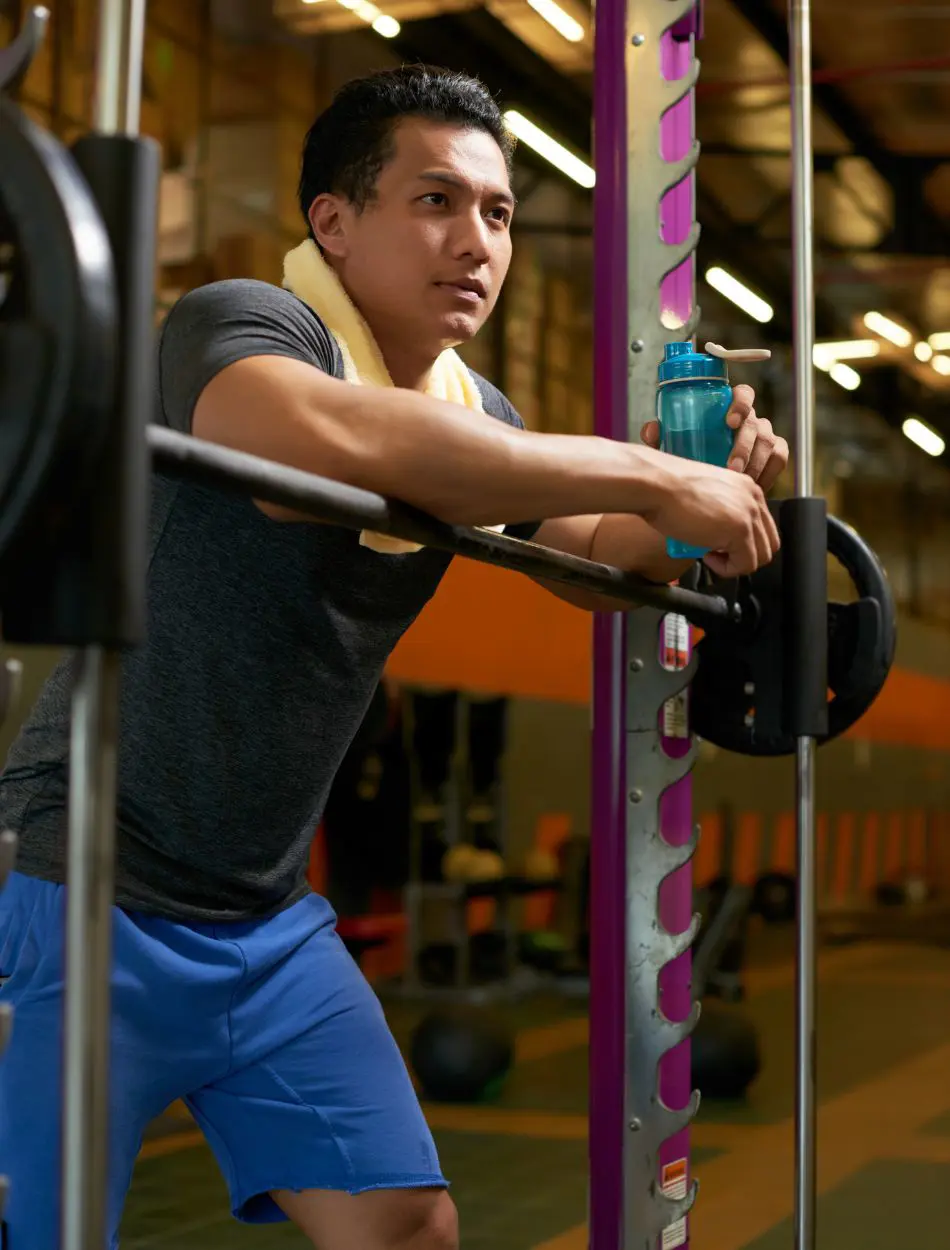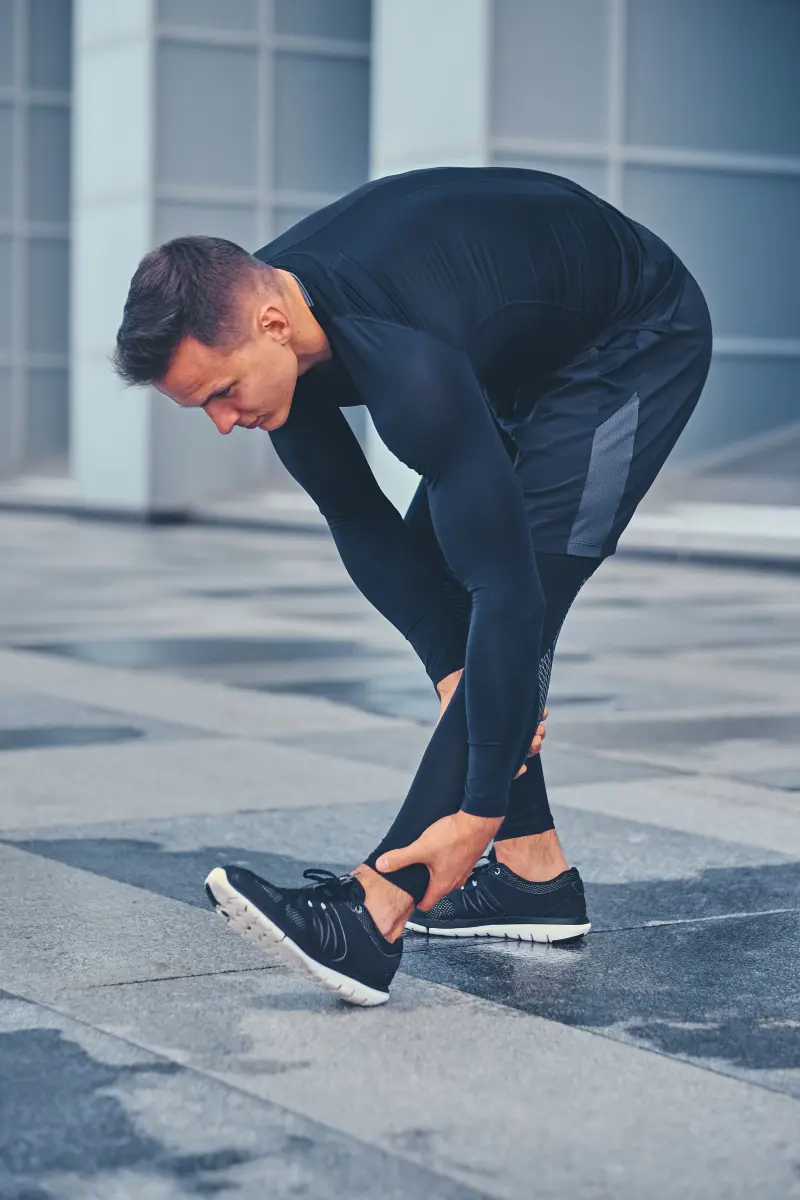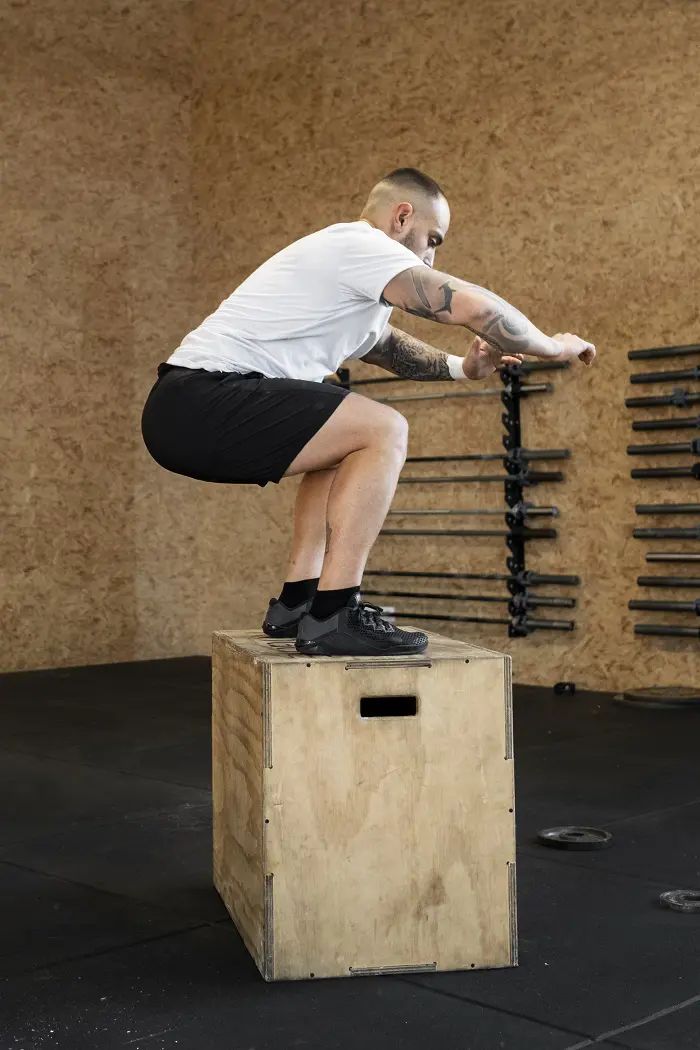10 Exercise For Diabetes To Improve Health

Diabetes is a chronic condition characterized using high ranges of blood sugar due to the frame's inability to supply or effectively use insulin. Managing diabetes includes a healthy weight loss program, normal tracking of blood glucose ranges, and regular exercise.
Exercise performs an essential role in coping with diabetes because it enables the manipulation of blood sugar tiers, improves cardiovascular health, and promotes weight reduction.
1. Walking
Walking is one of the simplest and most accessible forms of exercise, making it an excellent choice for individuals with diabetes. Regular walking can significantly help lower blood glucose levels, improve cardiovascular health and aid in weight management.
It is a low-impact activity, which means it is suitable for people of all fitness levels, including those who might have joint issues. To get started, begin with a 10-15 minute walk at a comfortable pace.
2. Cycling

Cycling is another great aerobic exercise, which can help to improve cardiovascular fitness, strengthen muscles in the legs and control blood sugar levels. For those with joint problems, this low-impact activity is especially beneficial.
One may start on a stationary bike by riding for 10-15 minutes at an easy pace and gradually increase up to 30-45 minutes per session. If you prefer outdoor cycling, look for safe flat routes where you could cycle for about 30-60 minutes.
3. Swimming
This water sport is a great exercise that engages all body muscles while enhancing cardiovascular health. Swimming helps improve insulin sensitivity. Moreover, it can be particularly beneficial to individuals suffering from arthritis or joint pain.
Beginners should begin by swimming lightly for about 10-20 minutes (with an instructor). After getting used to the flow, you can gradually increase the time to 30-45 minutes with different strokes working on various muscle groups.
4. Strength Training

Strength training, otherwise referred to as resistance training, enhances insulin sensitivity, leading to muscle mass growth, and thereby helping control blood sugar levels. Further, it strengthens bones, enhances joint function, and boosts metabolism.
Start with bodyweight exercises like squats, lunges, push-ups, and planks. Use free weights or resistance bands as you progress, then shift to weight machines or heavier free weights.
5. Yoga
Yoga is a combination of physical poses, breathing exercises, and meditation as one holistic workout. It assists in reducing stress levels while increasing balance and flexibility. It is a greater contributor to improving the overall health.
It decreases blood glucose levels and enhances insulin sensitivity, thereby helping individuals living with diabetes. A basic Hatha yoga class or online YouTube tutorial is suitable for beginners. Vinyasa or Ashtanga yoga would be better options for more advanced practitioners.
6. Dancing
Dancing is not only entertaining but it's also a great method of engaging in aerobic exercise that improves cardiovascular health, coordination, and balance. Besides, it can serve as an excellent social event while enhancing mental and emotional stability.
Keep your motivation by selecting the dance style that you feel comfortable with. Wear appropriate shoes and hydrate yourself adequately. Dancing is a flexible type of exercise that can fit all levels of fitness. It can be done even at home, with some music on loudspeakers or headphones.
7. Running
Running, or jogging, is an efficient way to increase cardiovascular fitness, burn calories, and control weight, all of which are important in diabetes management. This activity also reduces blood sugar levels and improves mood through endorphin release.
Additionally, regular running can enhance insulin sensitivity, making it easier for the body to regulate blood sugar levels. Running helps reduce stress and anxiety, contributing to overall mental well-being, which is particularly beneficial for individuals managing diabetes.
8. Tai Chi

Tai Chi is a form of martial art that emphasizes slow, controlled movements and deep breathing. It aids in improving balance, flexibility, and mental focus, while reducing stress and lowering blood glucose levels.
To practice Tai Chi, find a quiet comfortable place where you can wear loose-fitting clothes and breathe deeply throughout your practice. Such meditative exercises are particularly important for managing stress in people with diabetes.
9. Hiking
Going on a hike helps to promote heart health, reduce stress, and improve a person's mood. Meanwhile, hiking also lets you enjoy the nature's beauty. It can also regulate blood sugar levels, thereby promoting general physical fitness.
Hiking requires safety; therefore one should wear strong shoes that feel comfortable. Carrying enough water and being ready for changing weather conditions is paramount. Likewise, hiking with friends enhances the experience besides ensuring increased security during the activity itself.
10. Pilates

Pilates is a low-impact exercise that improves your core strength, enhances flexibility, and tones your entire body. By improving how you balance yourself and shape your muscles, Pilates can also make you look younger.
For people with diabetes, it can help to manage their weight better or be more responsive to insulin.
Incorporating Exercise Into Your Routine
Integrating these fantastic exercises into your routine is crucial for managing diabetes effectively. Start with activities you enjoy and gradually increase the duration and intensity as your fitness improves. Set realistic goals and track your progress to stay motivated.
It’s also important to monitor your blood sugar levels before and after exercise to understand how your body responds to different activities. Consult with your healthcare provider before starting any new exercise program, especially if you have any complications related to diabetes or other health conditions.
Exercise Safety
Always consult your doctor before beginning a new fitness routine. In general, stay hydrated before, during, and after exercise. Wear appropriate footwear to prevent injuries and start with a warm-up to prepare your body.
Keep track of your blood sugar levels to ensure they remain within your goal range. Additionally, carry a source of fast-acting glucose, such as glucose tablets or a snack, in case your blood sugar drops too low during or after your workout.
Recent posts
Exercises
Exercises
16 Body Weight Leg Exercises To Strengthen Your Lower Body
Bodyweight training is very accessible, popular, and requires little or no equipment at all. With bodyweight exercises, you can target your lower body muscles in different ways to help build stronger legs. Before jumping into weighted movements, thes...
Exercises
12 Achilles Tendon Stretches To Tone Heel And Calf Muscles
The Achilles tendon runs down the back of the lower leg, connecting the heel bone to the calf muscle. It helps lift the heel off the ground while walking. If you suffer from Achilles tendonitis, gently working out the inflamed tendons can aid in quic...
Exercises
15 Landmine Exercises To Increase Your Functional Strength
A landmine is a barbell anchored to the floor with a weight on the other end. The angle of the bar allows you to apply force vertically and horizontally. Landmine exercises are beneficial for those seeking joint-friendly alternatives to traditional l...
Exercises
15 Amazing Plyometric Exercises For Speed And Power
Plyometrics are fantastic exercises that involve intense bursts of muscle exertion over short periods. Also known as plyos, they tap into the anaerobic system and are commonly used to enhance lower-body activities like running and jumping. However, s...
Exercises
12 Long Head Bicep Exercises To Develop Stronger Arms
If we want to enhance the shape of our biceps and have a pronounced pop when flexing them, it’s crucial to exercise the long head of biceps. Located on the outer side of the arms, it’s attached to the shoulder socket. Moreover, the long h...
Exercises
12 Adductor Exercises To Support And Strengthen Your Hips
Adductors are important muscles in our inner thighs that play a big role in supporting the hips. They boost our range of motion, keep our pelvis stable, and lower the risk of hip injuries. These muscles often get overlooked in workout sessions becaus...





